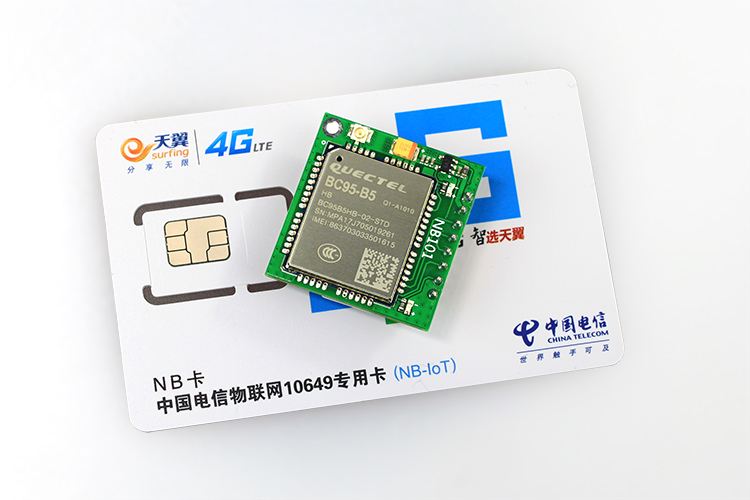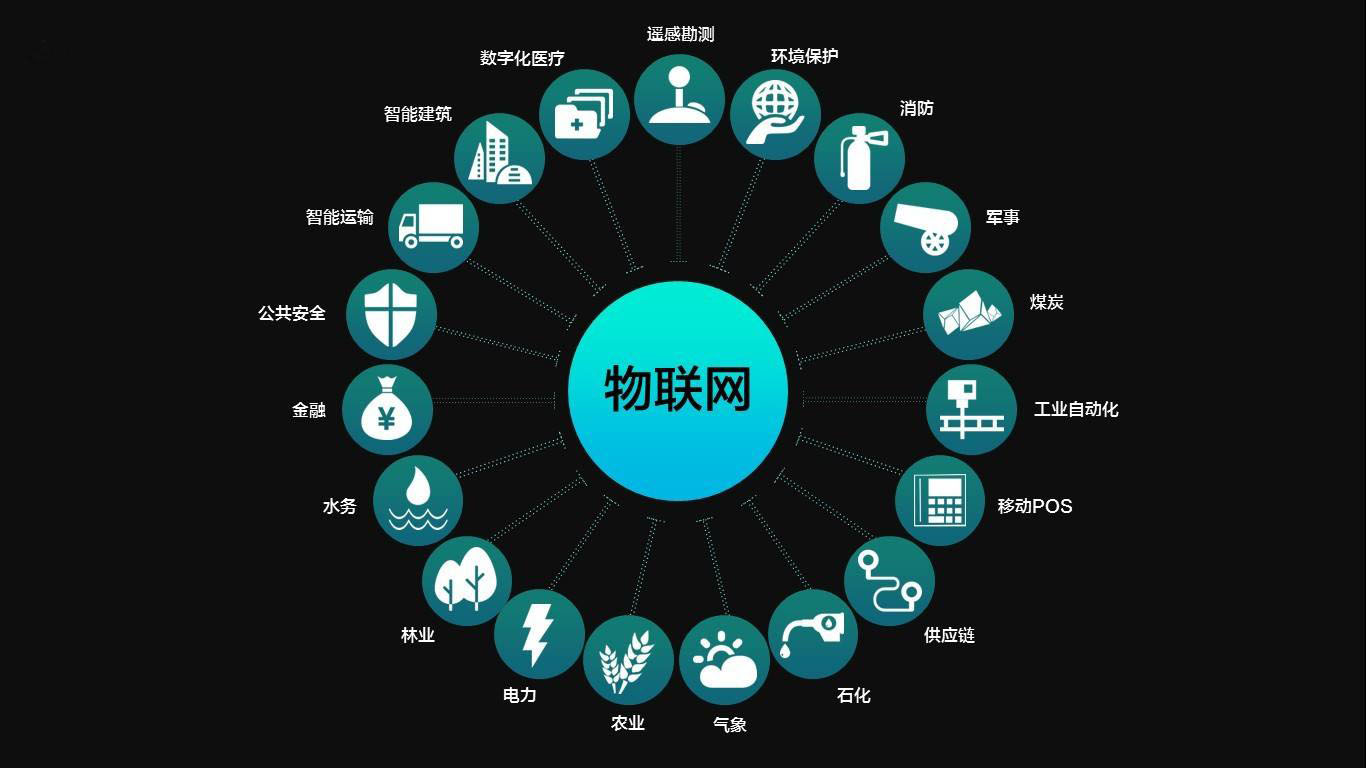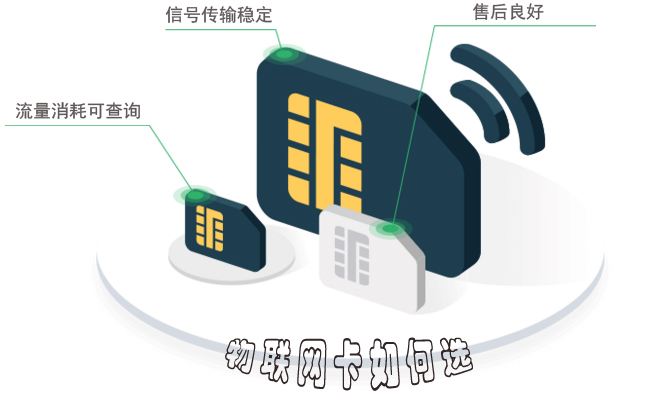·
The rapid development of wireless technology provides technical support for the information exchange between objects. In the popularization of the Internet of things, wireless technology will play an increasingly important role.By comparing several common LPWAN wireless communication technologies (nb-iot /eMTC/LoRa), this paper discusses the characteristics and application scenarios of wireless technologies under the general trend of Internet of things.

NB - IoT
The full name of nb-iot is Narrow Band-Internet of Things. Nb-iot is a technology under the category of Internet of Things.It is dominated by huawei and has become the standard LPWA technology of 3GPP.Nb-iot is a fourth model on the GUL network, based on existing cellular technology that can be quickly upgraded to support industry demand.At the same time, nb-iot has four capabilities: wide coverage (underground coverage), long battery life (over 10 years), low cost (less than $5 per module), and large capacity (a single cell can support 100,000 connections).
Nb-iot has four characteristics:
The first is wide coverage, which will provide improved indoor coverage. At the same frequency band, nb-iot gains 20dB more than the existing network, which is equivalent to improving the coverage area capacity by 100 times.
Second, nb-iot has the ability to support massive connections. One sector of nb-iot can support 100,000 connections, supporting low latency sensitivity, ultra-low device cost, low device power consumption and optimized network architecture.
Third, lower power consumption, the standby time of nb-iot terminal module can be up to 10 years;
The fourth is lower module cost, the enterprise is expected to a single module of no more than $5.
Nb-iot focuses on the low power wide coverage (LPWA) Internet of things (IOT) market and is an emerging technology that can be widely used on a global scale.It has the characteristics of wide coverage, multiple connections, low rate, low cost, low power consumption and excellent architecture.Nb-iot USES License frequency band, which can be deployed in three ways: in-band, protection band or independent carrier, and coexist with the existing network.

Application scenarios
Nb-iot is most commonly used in the three typical application scenarios of smart water meter, smart parking and smart pet tracking. In the later planning of nb-iot, it will also involve intelligent bicycle, intelligent smoke detector, intelligent trash can, intelligent road, intelligent vending machine and other aspects.
challenges
First, interoperability and consistency.In 2018, key nb-iot members, including vodafone, Ericsson, Telefonica, and GSMA, conducted simple interoperability and conformance certification trials for nb-iot devices.Vodafone also set up a dedicated nb-iot laboratory in newbury, UK, and continued to open further laboratory research in Dusseldorf, Germany, in the second half of 2016.
Second, deployment and long-term support.The biggest problem with nb-iot deployment is the time and cost. Eighty-five percent of enterprise base stations support nb-iot, requiring only software upgrades, but hardware upgrades for network operators with obsolete base stations.This will lead to an increase in the cost and time consumption of nb-iot network construction.Another problem is global M2M roaming.In theory, operators should support three standards: cat-m, ec-gsm, nb-iot, and GPRS.
Third, applications and business models.In order to build nb-iot applications and business models, the mobile communications industry needs to establish a partner ecosystem as soon as possible.Deutsche telekom, for example, has built nb-iot prototype hubs in Berlin and Krakow, Poland, which are being incubated to provide a fast-learning environment for developers, inspire new business model thinking and shorten time to market.
Fourth, competition with LPWAN(low power wide area Internet of things) technologies.LoRa and Sigfox have proved to be important development technologies, among which Sigfox has been put into use in 24 countries, and LoRa continues to be used in the construction of some countries, private networks and community networks.Since nb-iot will not be deployed on a large scale in the near future, other technology competitors still have the opportunity to determine their market positioning.
At present, the market penetration of nb-iot varies from country to country.In many countries, potential operators could face strong competition from non-mobile LPWAN networks.In the Netherlands, for example, KPN has established a national LoRa network, in which case it is unlikely to adopt nb-iot.

Fifth, determine the correct market entry strategy.LPWAN applications have the characteristic of sending small data payloads at irregular intervals.Potential users may need more low-value services.In this case, nb-iot operators need to develop corresponding strategies to cope with such market demand.The main strategies include: establishing a balance between the market and the brand;Expand market share, not limited to the traditional M2M business;At the low end of the market to avoid cost price war, focusing on the application of controllable price premium;Explore new business models to create value and strengthen vertical industry cooperation.
Sixth, the design of the pricing plan, mainly the Internet of things data plan.For now, operators are still trying.For example, Korea telecom recently launched its nationwide LoRa network and launched six data plans, each for data applications using different frequency bands.Its pricing model :LoRas data plan costs one-tenth as much as lte-based iot services.In countries with LoRa or Sigfox operations, nb-iot rates have to be kept within a reasonable competitive range.In the UK, with no national LPWAN network, nb-iot operators will have more leeway in designing pricing structures.
In addition, low speed data transmission, privacy and security, IT system conversion time and other issues will limit its development.
·


 Make it easier to connect everything
Make it easier to connect everything


 Updated date:2019-04-26
Updated date:2019-04-26 Click rate:1133
Click rate:1133



 Click on the consulting
Click on the consulting



